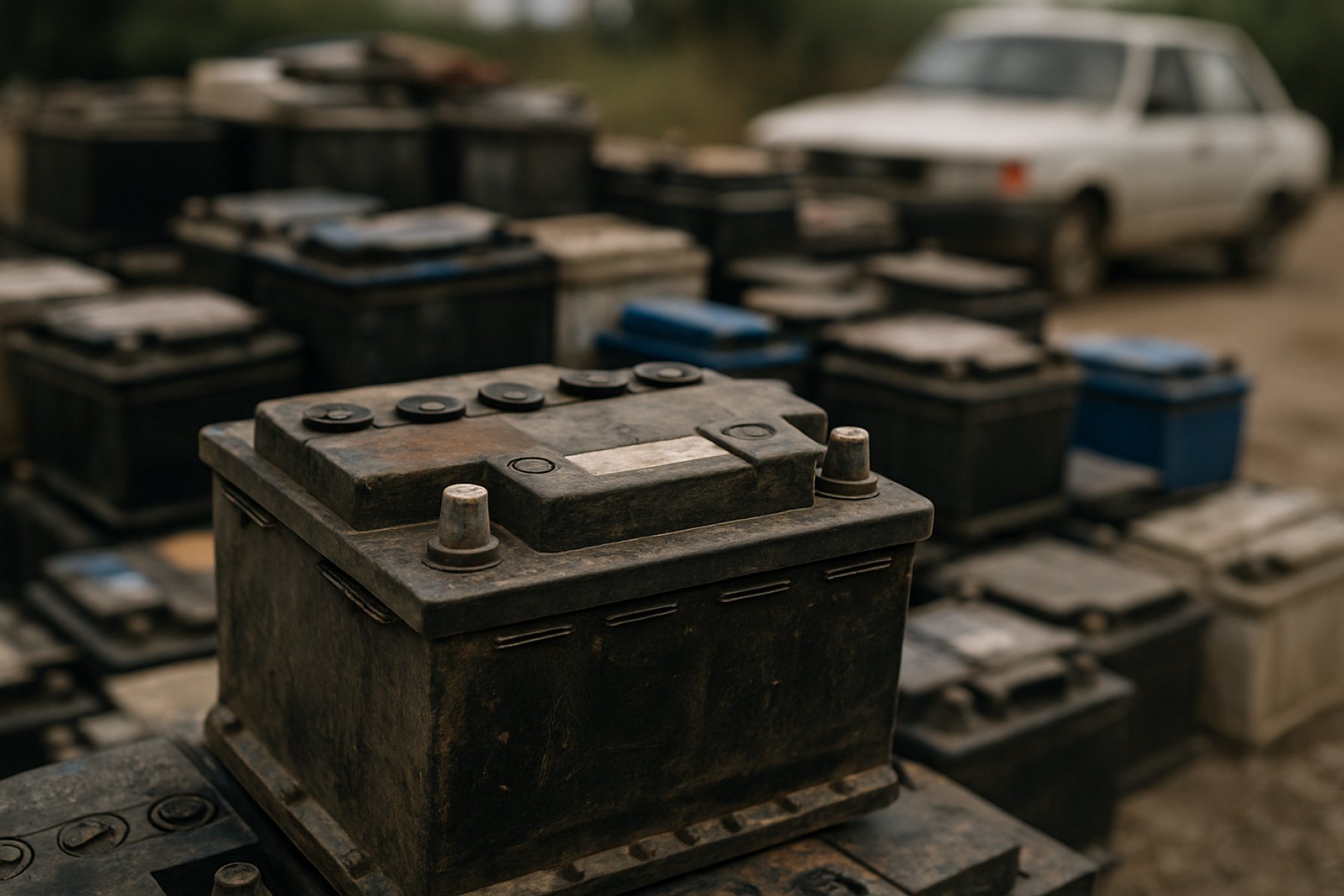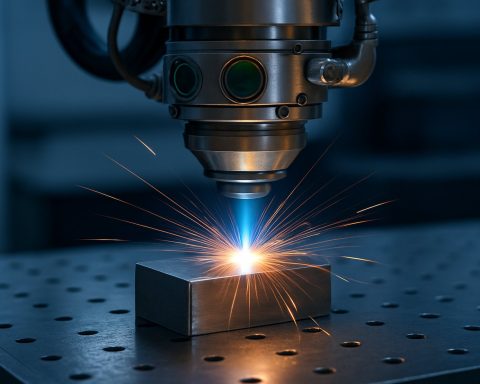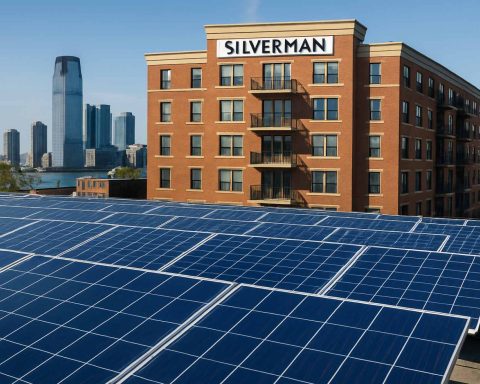- Australia faces a surge in electric vehicle (EV) battery waste, potentially reaching 360,000 tons by 2040, threatening environmental and human health.
- Used EV batteries can have second lives—high-capacity units power scooters or backup systems, while depleted batteries offer recyclable metals for new production.
- A practical battery health scorecard helps determine how each battery can be reused or recycled, supporting circular economy goals.
- Industry obstacles include sealed designs that hide battery data, requiring greater transparency and regulatory action for efficient recycling.
- Global policy trends—such as “digital passports” in the EU and mandatory health reports in California—are setting standards to increase EV battery sustainability.
- Emphasizing smarter design and recovery of battery materials can significantly reduce e-waste and fuel a cleaner, more innovative future.
Across Australia, a silent revolution is taking shape—one that could transform car graveyards into unexpected gold mines and sharply cut the world’s mountain of toxic electronic junk. The next time an old electric vehicle limps off the road, its battery might be set for a remarkable new life.
Abandoned EV batteries are more than just hulking blocks of spent energy; they hold the keys to a cleaner, smarter future. While more than 100,000 electric vehicles now cruise Australia’s highways and city streets, a tidal wave of e-waste looms just ahead. By 2030, experts predict these batteries alone could generate 30,000 tons of discarded material—a figure set to explode to 360,000 tons by 2040. If tossed into landfills, these batteries don’t just take up space; they threaten human health and increase fire hazards, a risk drawing growing concern around the globe.
Yet buried in that stack of “waste” is extraordinary potential. Australian clean energy specialists have crafted a simple but powerful scale to score the health of used EV batteries. This scorecard unlocks a new fate for each battery, one more useful than burial.
Batteries left with 80% of their original charge are primed for their next act in scooters, e-bikes, or golf carts. If they still hold 60% to 80%, they can become stationary power sources, soaking up solar energy for homes and microgrids. The most depleted units, scraped below 60%, are still treasure chests: they can be dismantled to harvest precious metals, fueling the next generation of high-performance, green batteries.
But there’s a catch. Most modern batteries are sealed tight—by design—locking away vital data about their remaining capacity. Unlocking this information won’t just require engineering; it will demand industry-wide cooperation and new rules.
Some places are already blazing a trail. The European Union will soon require every electric car battery to have a “digital passport” logging health and origin, starting January 2027. In California, manufacturers must now provide recyclers with battery health reports, thanks to bold new legislation passed in 2021.
Recyclers, meanwhile, report that up to 95% of battery components—from nickel to cobalt—can be recovered and reused. However, Australian batteries are typically built with performance and passenger safety as the top priorities, with recyclability still lagging behind as an afterthought. This is slowly shifting, with experts calling for smarter, more modular designs.
As pressure mounts and the world’s e-waste crisis deepens, one thing is clear: rethinking the life and death of EV batteries opens the door to major gains in sustainability, innovation, and resource recovery. We stand at the crossroads—time to choose a path that powers not just cars, but a cleaner planet for all.
Learn more about sustainable technologies and global policy shifts at UN Environment Programme and International Energy Agency.
Key takeaway: With smarter battery health assessments and bold policy, we can unlock the true power of old electric vehicle batteries, turning a waste problem into a resource revolution.
Unlocking Hidden Treasure: How Australia’s EV Battery Revolution Could Transform the Global E-Waste Crisis
Introduction
Australia is riding the wave of electric vehicle (EV) adoption, but a looming challenge remains largely underreported: what happens to all those EV batteries at the end of their automotive lives? The article highlights a growing tidal wave of potential e-waste—but there’s much more to this story. Let’s delve deeper into the facts, explore emerging solutions, and answer the questions every eco-conscious consumer and industry stakeholder should be asking.
—
Additional Facts Not Fully Explored in the Source
1. Life After the Road—Second-Life Applications Explored
– Grid Storage: Used EV batteries with diminished capacity are invaluable for stationary energy storage (e.g., home battery systems, backup power, or grid balancing) because their performance requirements are less demanding than powering a vehicle.
– Disaster Backup: Second-life batteries can support emergency shelters and remote clinics in disaster-prone or rural regions, providing affordable renewable energy storage.
– Commercial Integration: Large retail stores and warehouses increasingly use retired EV batteries to buffer peak grid energy demands, cutting energy costs and improving sustainability.
2. Life Hacks & How-To: DIY Reuse Ideas (Safety Considered)
1. Health Check: Only attempt to repurpose a battery that has been professionally assessed for safety.
2. Home Solar Storage: Integrate a healthy used battery with your home’s solar panel system for cheaper night-time electricity.
3. Off-Grid Camp: Use safe, tested batteries for remote cabins or off-grid adventure vehicles.
– Warning: Always involve a certified electrician—lithium batteries require expert handling!
3. Market Forecast & Industry Trends
– Booming Battery Recycling Market: According to Fortune Business Insights, the global battery recycling market could reach over $23 billion by 2030.
– Design for Disassembly Movement: Brands like Tesla, Renault, and Nissan are investing in modular battery packs that simplify reuse and recycling.
4. Features, Specs & Pricing
– Lithium-Ion Battery Specs: Most EV batteries retain 60–80% capacity after roughly 8–10 years. They’re designed for thousands of charge cycles.
– New vs. Reused Pricing: Second-life battery storage systems can be up to 30% cheaper than new energy storage solutions.
5. Safety, Security & Sustainability
– Risk Management: Degraded EV batteries can still pose fire risks if they develop internal short circuits—strict handling protocols are vital.
– Sustainable Mining Reduction: Recycling lithium, cobalt, and nickel from spent batteries drastically reduces reliance on destructive mining.
6. Insights & Predictions
– Mandatory Battery Data: The push for digital battery “passports” (certified logs of battery history and health) will become global. Watch out for US and Asia-Pacific policy follow-ups to the EU implementation.
– Australia’s Leadership Role: With abundant sun and wind resources, reused batteries could power a distributed fleet of microgrids—accelerating Australia’s shift off fossil fuels.
7. Pros & Cons Overview
| Pros | Cons |
|——————————————|——————————————-|
| Reduces toxic e-waste | Safety risks if mishandled |
| Conserves critical materials | Current batteries not designed to be easy to recycle |
| Spurs new green industries | Assessment/repurposing requires investment|
| Boosts grid stability and renewables | Need for regulatory support and industry cooperation |
8. Controversies & Limitations
– IP & Data Sharing: Automakers are reluctant to release proprietary battery data, slowing progress (source: [Bloomberg]).
– Energy Use in Recycling: Mechanical and chemical recycling is energy-intensive—renewable-powered recycling plants are crucial for true sustainability.
– Transport Hazards: Shipping spent batteries (classified as dangerous goods) adds cost and complexity to recycling logistics.
9. Review & Comparison
– Australia vs. Europe: Australia lags behind the EU in battery traceability regulations but matches innovation pace in battery reuse technologies.
– Battery Types: Modern lithium iron phosphate (LFP) batteries are safer and more recyclable than earlier nickel-manganese-cobalt (NMC) types but are less energy-dense.
10. Tutorials & Compatibility
– Which Batteries?: Not all EV batteries are compatible with mainstream solar storage systems—it’s vital to match chemistry and voltage.
—
Most Pressing Questions Answered
Q: How can I responsibly dispose of or recycle my old EV battery?
A: Contact your vehicle manufacturer or certified recycling facility. Programs like Battery Stewardship Council Australia facilitate safe collection.
Q: Are second-life batteries safe in my home?
A: When professionally tested and installed, yes—but DIY reuse is not recommended unless you have expertise in high-voltage systems.
Q: Will battery reuse cause shortages of recycled materials?
A: No—a healthy second-life market extends resource use and delays recycling, but robust collection ensures materials re-enter the loop when reuse is no longer viable.
—
Actionable Recommendations & Quick Tips
– If you own an EV: Ask your carmaker about their battery end-of-life and repurposing program.
– For homeowners: Consider second-life batteries for your home energy needs—but only with certified installers.
– Policy advocates: Push for “right to repair” and digital battery passport legislation in your region.
– Entrepreneurs: Explore opportunities in battery assessment, testing, and home energy retrofit services.
– Stay Informed: Follow global sustainability news at UN Environment Programme and International Energy Agency.
—
Key Takeaway
Australia stands on the brink of turning a major waste crisis into a resource goldmine. By embracing smarter battery health monitoring, modular design, and robust recycling, we can unlock old EV batteries’ massive potential—all while slashing e-waste, boosting renewables, and powering a greener future. Act now—ask your vehicle provider, support battery recycling, and demand smarter policy!










